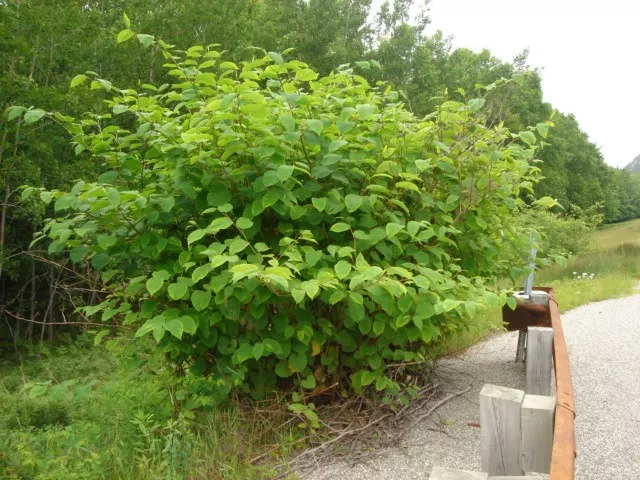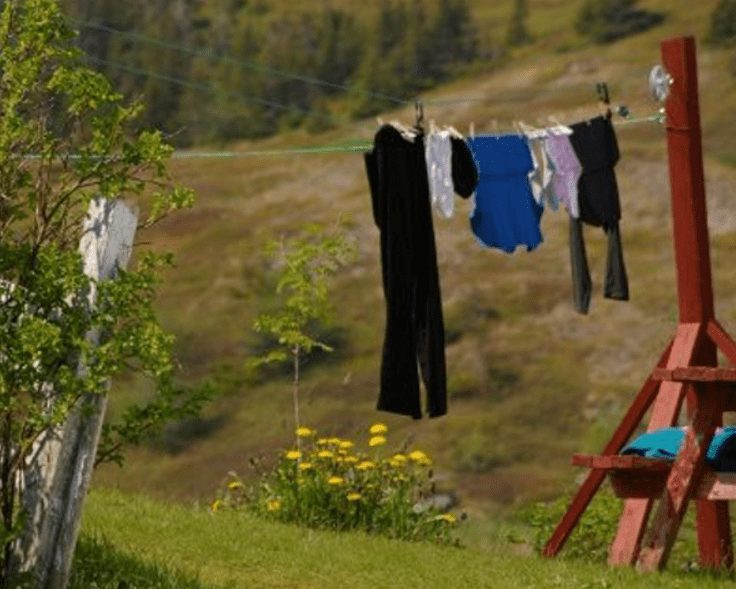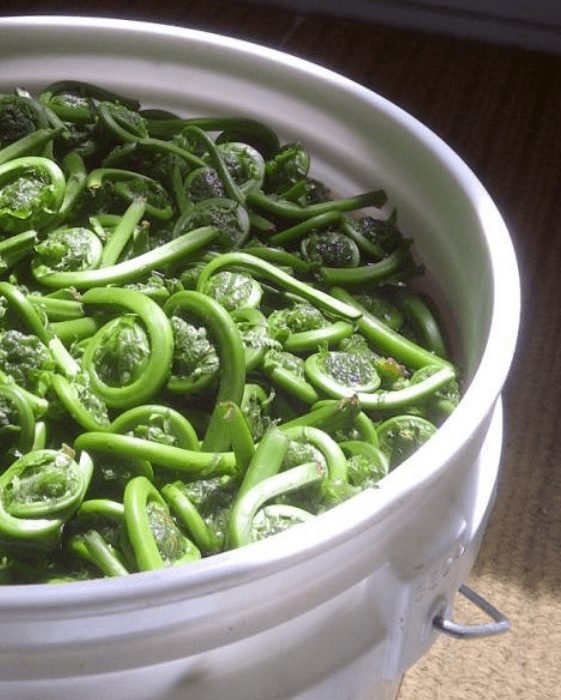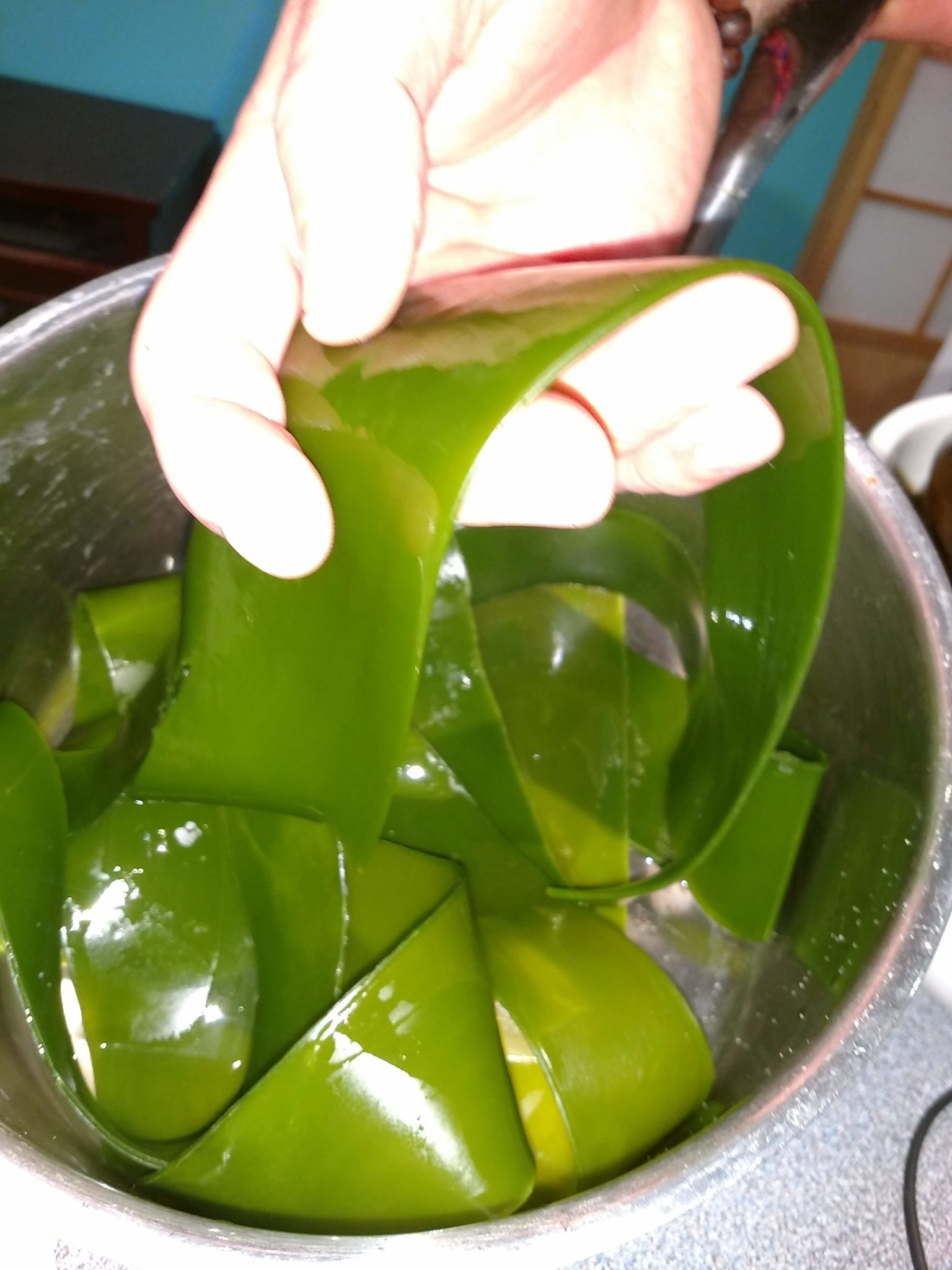Edible Plants 1:
Dandelion Greens and Roots
Looking for a solution to weeds on your lawn? Eat them. If you’re like us, you probably already have a taste for micro-greens and salads, but sourcing the freshest ones isn’t always easy. By the time you buy mixed salad greens in the supermarket, they’ve often been sitting there for a while, and that’s not including the thousands of kilometres those greens may have travelled to get there. Turns out, if you’ve already been buying salad mixes from your favourite grocery store, you’re already eating dandelion greens since they’re one of the four plants included in your mix. They’re one of the healthiest greens out there. Good for the liver and detoxification, dandelion greens are amazing for you and surprisingly easy to pick. Gather the young leaves from you’re lawn (unless of course, you’re one of the people who spray their lawn with toxic chemicals), wash them and serve with your favourite meal. Great as a salad with dressings, as an ingredient with other greens, or a topping on sandwiches. If you like the dandelion greens, no need to stop there. You can also make the root into a tea prized for many health benefits.
Edible Plants 2:

Japanese Knotweed (AKA Mile-a-Minute)
The invasive species that’s been the topic of frustration for many is also tasty and healthy. Japanese Knotweed, locally referred to as Mile-a-Minute, is a fast-growing plant that can quickly take over a backyard garden in just a season. It’s been blamed for infiltrating foundations of homes and growing faster than you can cut it back, but did you know steaming the plant’s young shoots is tastier than any store-bought asparagus? We’ve grown to love the plant and use it in all sorts of cooking from soups to stir-fry and mixed roasted veggies.
Edible Plants 3:
Fiddleheads
If you’re anticipating the imminent arrival of spring, along with it comes fiddleheads. One of the first springtime delicacies to pop up, harvesting fiddleheads is all about harvesting them early, when they’re just one or two inches from the soil and still tightly curled. Peel them and cook them before eating since raw fiddleheads contain an enzyme that can make your stomach upset. Who knew a fern could taste so great.
Edible Plants 4:
Seaweed
Living on an island next to a rich marine environment, it’s hard to understand why more seaweed isn’t enjoyed locally. Seaweed is a general term for thousands of species of algae and sea vegetation that’s been part of the human diet for as long as we’ve enjoyed a coastal lifestyle, and it’s no surprise. Sea vegetables are high in micro-nutrients, minerals, and vitamins like A, C, and E. They’re great for detoxification and incorporating into your daily meals. They can be cooked in countless ways and are not just for sushi.
Kitchen Tip:
Add them to soups, dry as a garnish for salads, or use them in a stir fry. One of our personal favourites is kelp. We blanch it (which gives it the amazing bright green colour), then roll it and slice it into thin noodle-like strands. Seriously, if you’re not enjoying seaweed and sea vegetables yet, you’re missing out.
Edible Plants 5:
Blueberries
One of the most popular foraged foods in Newfoundland blueberries are a real superfood. From mid-summer to late fall, blueberries are everywhere and easy to collect. The low-bush wild variety of Newfoundland blueberries are superior in nutritional content and antioxidants when compared with commercial store-bought varieties. In fact, because of their close proximity to the ocean, coastal blueberries have the highest amount of antioxidants. Newfoundland blueberries are also a sweet tasty delicious snack.
On a lazy Newfoundland summer afternoon, we like to sit in a blueberry patch overlooking the ocean while we whale watch and eat our fill of this delicious berry, but you don’t have to stop there. Blueberries can be added to salads, used to make jam, and if you have an abundance as we do here in Newfoundland, you can make blueberry wine.
Now that you’ve got a taste, if you’re hungry for more you’ll be pleased to know Newfoundland has hundreds of edible plants to choose from, and because we’ve evolved as a sub-arctic type climate at a lower latitude, there are very few toxic plants here, making it a forager’s paradise. To go further and explore more, join an excursion with Lori from Cod Sounds in Avondale, just 30 min south of the Witless Bay Marine Ecological Reserve. This 3.5-hour foodie experience is the best way to familiarize yourself with edible plants that have been hiding all this time right under your nose without you even knowing it.









3 Responses
There is a leaf grass that grows in my garden I’ve been eating this every since I was a child it is sweet to the taste we always called it sweet leaves but I would like to know the real name on them
Interesting, what do the leaves look like? Take a look at this link and see if one of them could be it.
Interesting, what do the leaves look like? Take a look at this link and see if one of them could be it.
https://northernbushcraft.com/guide.php?ctgy=edible_plants®ion=nl